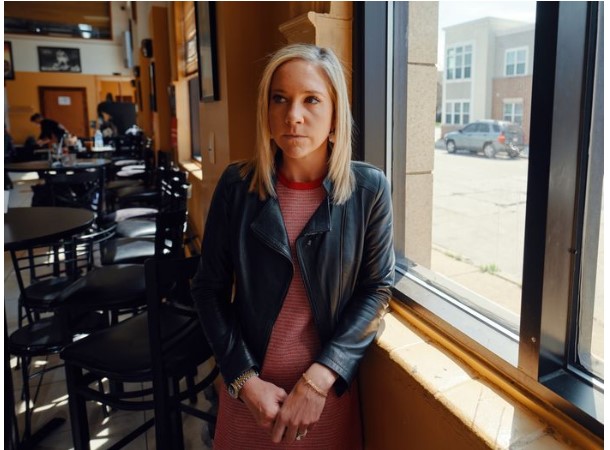AUSTIN, Texas -In a landmark decision, the Texas Supreme Court on Friday maintained the state’s stringent abortion restrictions, dismissing a pivotal lawsuit that highlighted the plight of women denied abortion services due to serious pregnancy complications. This ruling reaffirms the state’s legislative framework in the post-Roe era, emphasizing limited exceptions under the current law.
The case, known as Zurawski v. State of Texas, became a focal point of national attention as it brought forth the personal testimonies of women forced to continue pregnancies despite grave medical risks. The court’s unanimous decision underscores the ongoing judicial and legislative battle over abortion rights in Texas and possibly sets a precedent for other states with similar laws.
The plaintiffs, a group of 20 women, shared harrowing experiences in the courtroom, recounting how the lack of clear medical exceptions had endangered their lives. Despite their emotional pleas, the court ruled that the law’s provisions for life-saving abortions were adequate and that physicians misunderstanding the law’s scope should not be a basis for its amendment.
Justice Jane Bland, who penned the ruling, stated, “The law allows for abortions to save a mother’s life. It is a misinterpretation by any medical professional to deny such procedures if they deem the situation life-threatening.”
The plaintiffs’ stories painted a stark picture of the practical implications of the restrictive law. Lead plaintiff Amanda Zurawski, after being diagnosed with a life-threatening sepsis triggered by her pregnancy, described her ordeal as a “nightmare of legal and medical hurdles” that left her with significant health complications. “This ruling is not just a dismissal of our case, but a dismissal of the rights of all Texas women,” Zurawski stated in a press conference following the verdict.
Legal experts argue that the ruling may close one of the few remaining legal pathways for challenging the state’s abortion regulations. Molly Duane, a staff attorney with the Center for Reproductive Rights, which represented the women, expressed disappointment: “This decision essentially shuts the courthouse doors to women seeking exceptions in dire health circumstances. The only recourse now appears to be political action through voting.”
The backdrop of this case is the broader national landscape shaped by the U.S. Supreme Court’s 2022 decision to overturn Roe v. Wade, effectively removing federal protection for abortion rights and allowing states like Texas to enact more restrictive laws.
Under Texas law, medical professionals face severe penalties for performing abortions outside the stipulated exceptions – penalties that include life imprisonment, fines up to $100,000, and the potential revocation of medical licenses. This has instilled fear among healthcare providers, further complicating access to necessary medical procedures.
The court’s insistence on strict adherence to the law comes amidst reports of increasing numbers of women traveling out of state to access abortion services. According to reports from reproductive rights groups, many such women are those who face severe yet non-life-threatening health risks from their pregnancies, which do not qualify for the exceptions under Texas law.
Critics of the ruling argue that the decision reflects a misunderstanding of the complexities involved in medical emergencies. A Texas-based family physician, Dr. Emily Briggs, noted, “The law’s ambiguity in defining what constitutes an immediate threat to life leaves both doctors and patients in a dangerous limbo.”
Republican officials, including Texas Attorney General Ken Paxton, lauded the decision as a victory for “the values of Texas,” committing to uphold the stringent laws. “We will continue to defend these laws to protect mothers and unborn children,” Paxton stated via social media.
In response to the ruling, advocacy groups have signaled a shift towards intensifying their efforts in electoral politics, aiming to influence legislative changes through voter mobilization. Meanwhile, the court has urged the Texas Medical Board to provide clearer guidelines to physicians on the law’s application, a move seen by some as an acknowledgment of the existing legal ambiguities.
As the Texas legislature remains predominantly Republican-controlled, significant changes to the abortion law’s language appear unlikely shortly. This leaves many women and healthcare providers grappling with the law’s strict limits and the ethical dilemmas they pose.
The Zurawski case not only highlights the profoundly personal and often painful realities faced by women under restrictive abortion laws but also illustrates the ongoing national debate over reproductive rights. As states continue to navigate the post-Roe landscape, the Texas Supreme Court’s decision is a reminder of the enduring and contentious nature of abortion politics in America.










